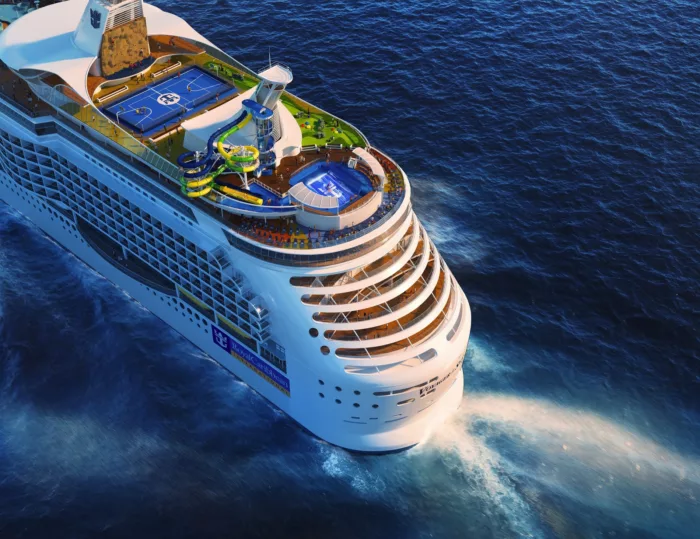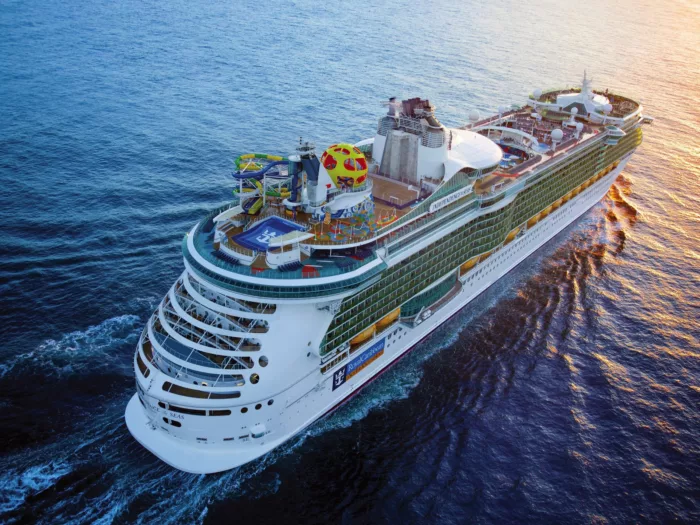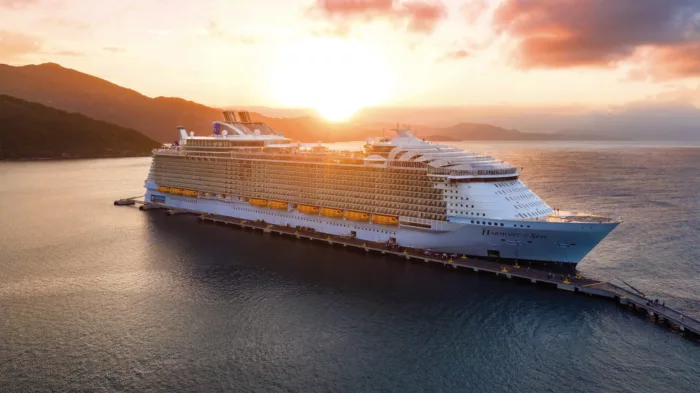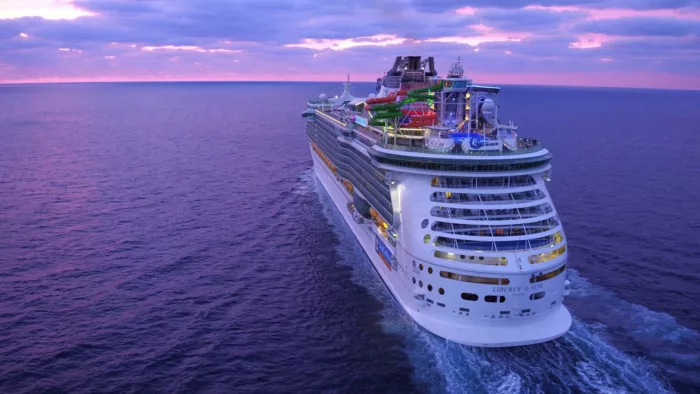
Royal Caribbean International
North American cruise line Royal Caribbean International has an impressive history and global reputation.
The cruise line is famed for its fleet of mega-ships, which consist of Utopia of the Seas, Wonder of the Seas, Harmony of the Seas and more.
Each ship is full to the brim of thrills and entertainment, with the cruise line continuing to innovate.
4000
Passengers
1200
Crew
1999
Launched
2019
Last refit
137276t
Tonnage
311m
Length
47m
Width
24kts
Speed
14
Decks
USD
Currency
Cruise Itinerary
Day 1
Civitavecchia, Italy
Day 2
Salerno, Italy
Day 3
Messina, Italy
Day 4
At Sea
Relax and make the most of the myriad of facilities available on board the ship, from fantastic entertainment to delicious and diverse dining options.
Day 5
Sarandë, Albania
Day 6
Dubrovnik, Croatia
Day 7
Split, Croatia
Day 8
Ravenna, Italy

Day 1
Civitavecchia, Italy

Day 2
Salerno, Italy

Day 3
Messina, Italy

Day 4
At Sea

Day 5
Sarandë, Albania

Day 6
Dubrovnik, Croatia

Day 7
Split, Croatia

Day 8
Ravenna, Italy
Ship Details


Royal Caribbean International
Voyager of the Seas
The amped up Voyager of the Seas® is packed with more ways to play.
Cabins
All Prices
















